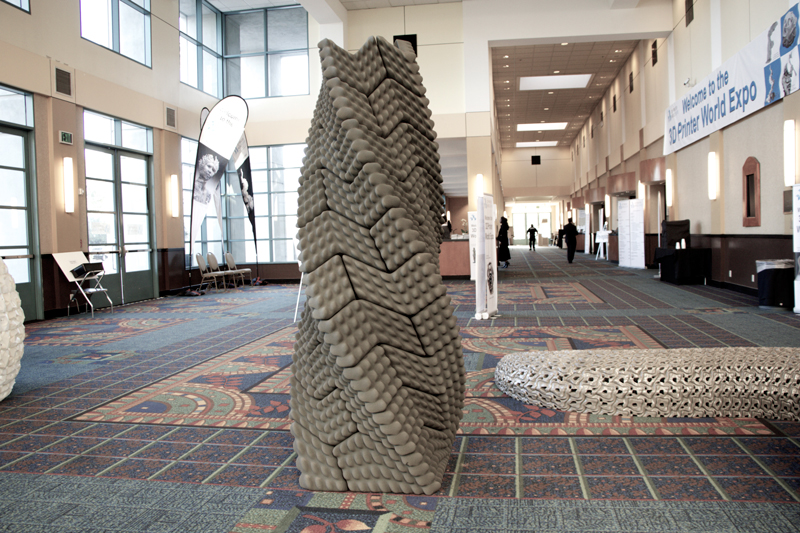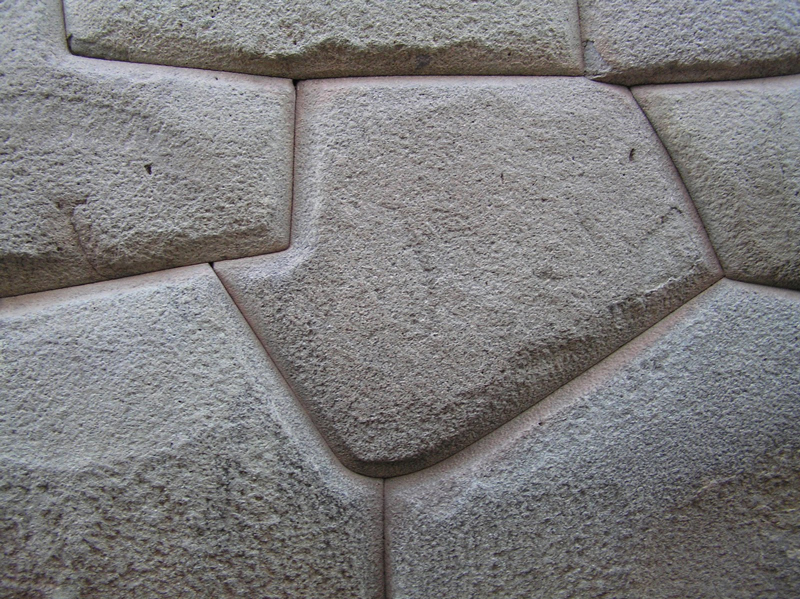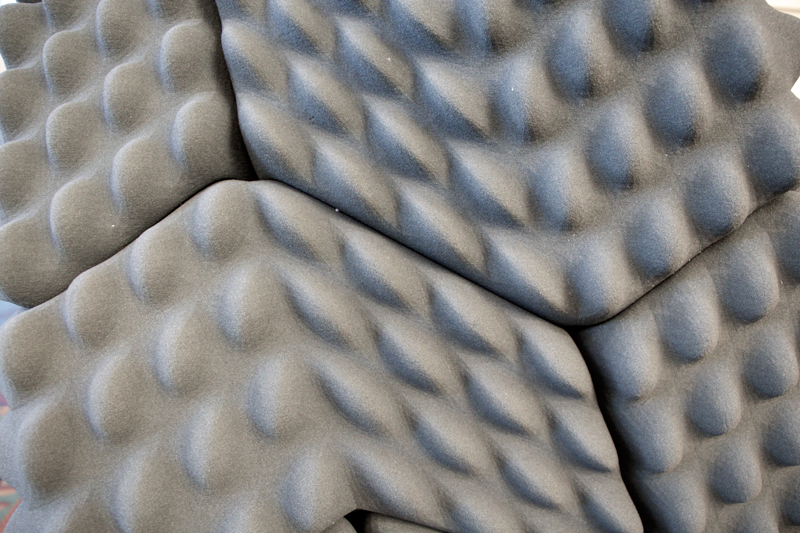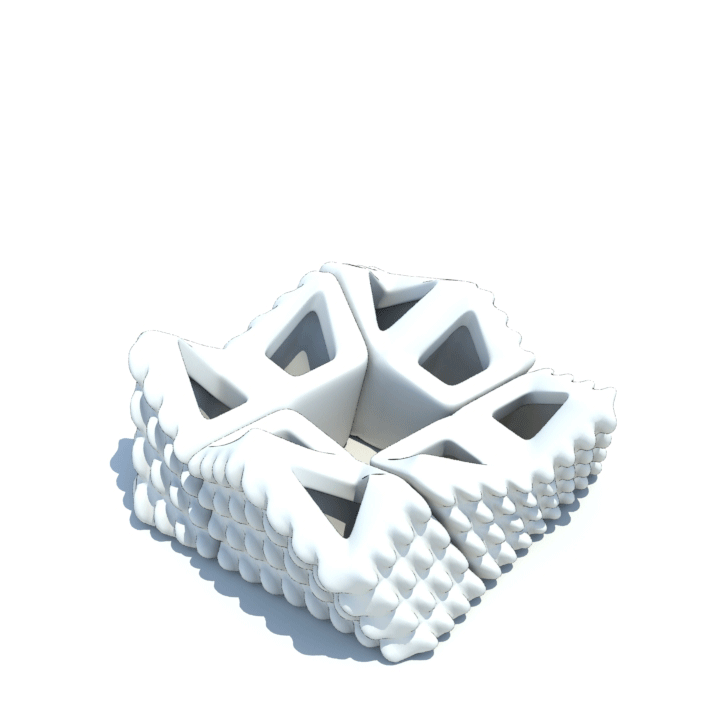3D printing building components can create seismically resistant structures by using masonry principles that diffuse the force of an earthquake through the interlocking components of a wall. The Quake Column draws from traditional Incan ashlar techniques to explore this possibility.
Peru is a highly seismic land and for centuries the mortar-free construction proved to be apparently more earthquake-resistant than using mortar. The interlocking stone of Incan structures creates an absence of resonant frequencies and stress concentration points. The dry-stone walls built by the Incas could move slightly during and earthquake and resettle without the walls collapsing, a passive structural control technique employing both the principle of energy dissipation and that of suppressing resonant amplifications. Inca walls also tend to incline inwards by 3° to 5° and the corners were rounded, which contributes to their stability.
Each “stone” that comprises the Quake Column interlocks perfectly with neighboring blocks. Whereas the cyclopean blocks of Incan construction are massive and weigh several tons, the 3D printed blocks are lightweight and hollow.
Each block is numbered to designate its place in the construction sequence. Additionally, each block has a built in handle for easy lifting, control and placement of the massive 3D printed blocks.
Design: Ronald Rael, Virginia San Fratello
Material: Sand
Dimensions: 6′-5″ tall
Acknowledgment: Special Thanks to Exone and 3D Printer World Expo
Download: Download all quake column file to print by clicking here.




